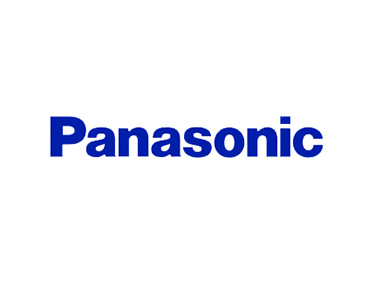Panasonic Brings High Image Contrast Transparent Screen to Market

- Panasonic Corporation will begin sales of its high image contrast transparent screen that enables the use of glass, such as shop windows, as digital signage on March 22, 2017.
This product will include XC-CSG01G, a glass comprised of a high contrast light control film placed in between 2 sheets of glass, which when voltage is applied changes from the screen mode to the transparent mode, as well as XC-CSC01G-A1, the control box. Images are projected (from the rear) onto the glass during the screen mode. The control box will synchronously operate the projector and the screen per the image content, and change the screen mode from transparent to screen mode. During the transparent mode, it will serve as a shop window showcasing products and exhibits, and during the screen mode it can reproduce high resolution images on the glass to introduce information about new products or about various campaigns during the sale season, helping transform the show window into an even more captivating environment. Moreover, multiple screens may be combined to create one large screen.
Key features include reproduction of high contrast images onto a large transparent glass, ability to use show windows as digital signage and the ability to combine and control numerous screens as a single large screen system.
Traditionally, images have been projected onto cloudy white, electric switchable glass, but this type of glass was incapable of displaying high contrast images due to image degradation caused by external light.
Panasonic has combined glass with a high contrast light control film, which is comprised of a transparent-cloudy white switching layer containing special polymers and capsules and color hue control layer. The color hue control layer will absorb a great deal of external light in screen mode, thereby significantly reducing image degradation and bringing to life high contrast images on par with digital signage, even in brightly lit environments.
In the transparent mode, voltage is applied to the transparent - cloudy white switching layer which will give regularity to the arrangement of the light crystal molecules inside, thereby enabling the light to directly pass through. Moreover, by applying the maximum voltage to the color hue control layer, the permeability of the high contrast light control film will be improved.
A daily selection of the top stories for AV integrators, resellers and consultants. Sign up below.
The AVNetwork staff are storytellers focused on the professional audiovisual and technology industry. Their mission is to keep readers up-to-date on the latest AV/IT industry and product news, emerging trends, and inspiring installations.
